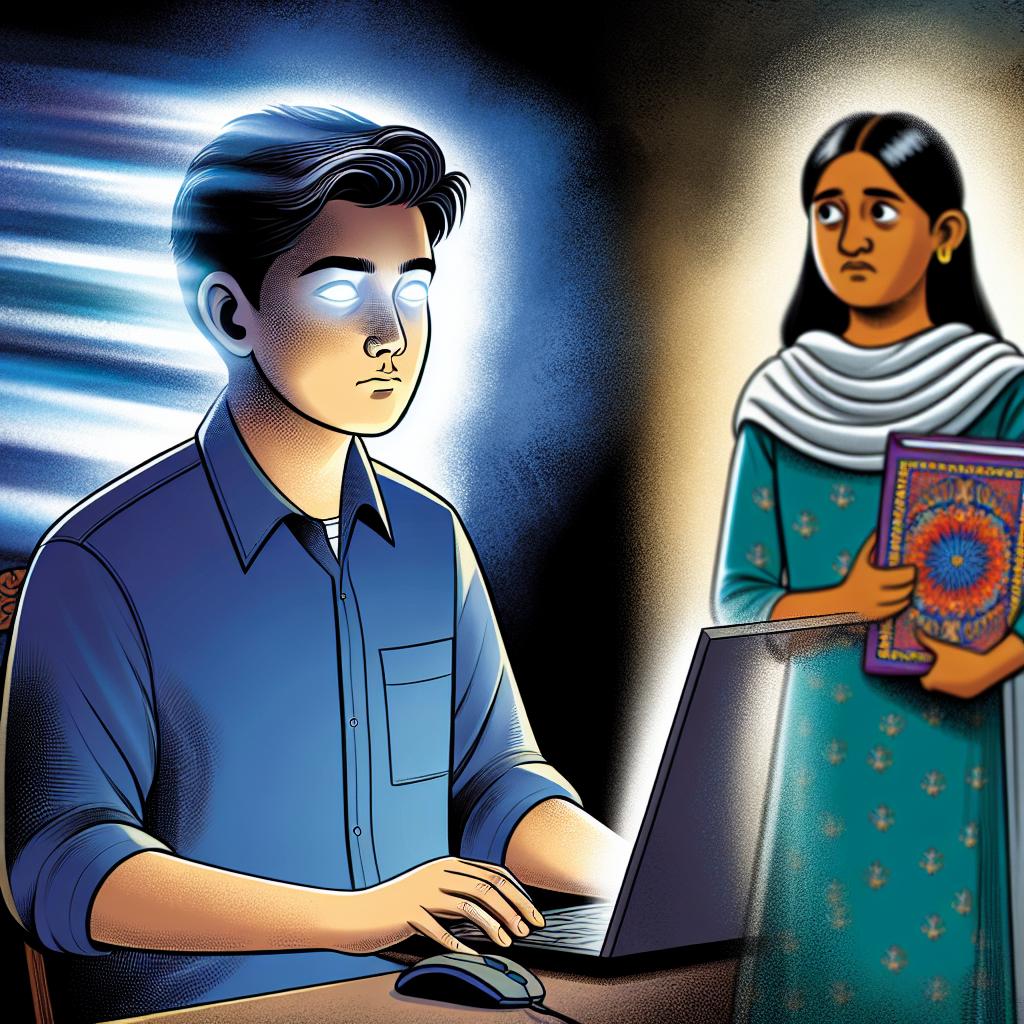Understanding Gaming Addiction in Children
Gaming addiction in children is an increasingly discussed topic among parents, educators, and health professionals. With the rapid rise of digital technologies and gaming platforms, many are concerned about the potential for excessive gaming and its implications on children’s development and well-being. As gaming becomes an integrated part of modern childhood, its impact on young individuals presents both opportunities and challenges that require closer examination.
What is Gaming Addiction?
Gaming addiction, also referred to as internet gaming disorder, is characterized by an inability to control the amount of time spent playing video games. It can result in significant impairment or distress in various crucial areas of functioning, such as social interactions, academic performance, and overall well-being. The American Psychiatric Association recognizes its importance and includes it in its section of conditions for further study.
Signs of Gaming Addiction in Children
Identifying gaming addiction can be challenging, as children are naturally drawn to play and electronic devices. However, being aware of key signs is crucial for early detection and intervention:
- Preoccupation with Gaming: A child may constantly think or talk about games, even during other activities, indicating a strong fixation.
- Withdrawal Symptoms: Signs of irritability, anxiety, or sadness can manifest when gaming is not possible, similar to withdrawal in substance dependency.
- Increasing Time Spent Gaming: The child may need to play for extended periods to achieve the same level of excitement, reflecting tolerance buildup.
- Neglecting Other Activities: Losing interest in hobbies or social interaction outside gaming is a significant red flag.
- Failed Attempts to Control Gaming: The child might make repeated unsuccessful efforts to cut back on gaming time.
Potential Causes
The reasons behind gaming addiction are often complex and may include a variety of psychological and social factors:
Psychological Factors: Many games are designed with features that reward progression, milestones, and skill acquisitions, making them especially appealing. They can become an escape from real-world stressors, such as academic pressure or social challenges, providing a sense of achievement and control that may be lacking in their lives.
Social Components: Online multiplayer games create a virtual community that fulfills social interaction needs. For children or adolescents who might struggle with real-life socialization, these games offer a way to connect, cooperate, and compete with peers, creating a sense of belonging.
Consequences of Gaming Addiction
While moderate gaming can have benefits like improving cognitive skills and offering recreational enjoyment, excessive gaming may lead to several negative outcomes:
- Academic Decline: Prolonged gaming can detract from time available for studies, leading to a drop in academic performance.
- Physical Health Issues: Problems such as poor posture, strain injuries, or vision problems can arise from long hours spent in front of screens without adequate physical activity.
- Decreased Social Skills: With less face-to-face interaction, children may experience reduced capacity to communicate and build strong real-life relationships.
Addressing Gaming Addiction
For parents and guardians, tackling gaming addiction involves adopting a well-rounded, sensitive approach:
Establish Clear Boundaries: Develop a schedule that allocates specific time for gaming, while prioritizing academic tasks, physical activities, and social engagements. Balance ensures that gaming does not dominate daily routines.
Encourage Open Communication: Dialogue is essential. Engaging in discussions about the importance of balance, understanding the child’s perspective on gaming, and validating their feelings can facilitate a cooperative approach to finding solutions.
Seek Professional Advice: In cases where gaming habits heavily impact a child’s functioning and well-being, consulting a psychologist or therapist specializing in behavioral addictions may be necessary. They can provide tailored strategies and therapeutic interventions for managing excessive gaming behaviors effectively.
Conclusion
Understanding gaming addiction in children is crucial as the digital landscape continues to evolve rapidly. By recognizing the signs, understanding the underlying causes, and working proactively to manage potential issues, parents and guardians can ensure that children maintain a healthy balance between gaming and other life activities. For additional resources, consider exploring websites like Common Sense Media for comprehensive insights and guidance on responsible gaming practices.
By addressing gaming addiction thoughtfully and collaboratively, caregivers can play an integral role in fostering healthy gaming habits that support the overall development and well-being of children, thereby enabling them to derive positive benefits from technology while minimizing risks.

